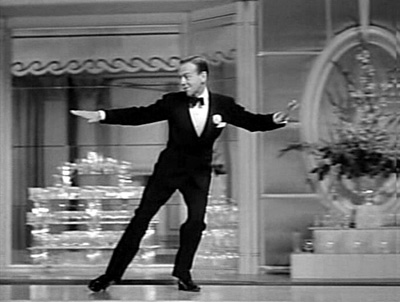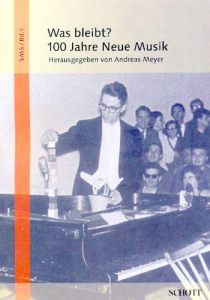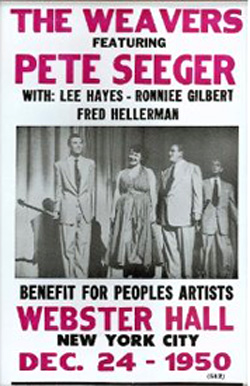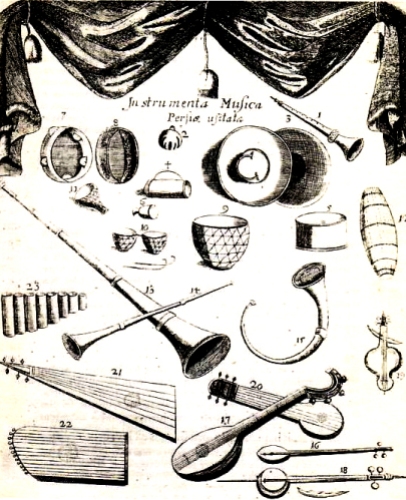On 26 April 1706, in a solemn ceremony in Rome, Arcangelo Corelli was accepted as a member of the Accademia dell’Arcadia; as customary, he assumed a shepherd’s name: Arcomelo.
Forty years later, the Swiss Jesuit Martin Schmid copied several of Corelli’s works into his draft-book of music for the Indian community in Bolivia that he was fostering and overseeing—a community that was sometimes known as New Arcadia.
In Bolivia, Corelli’s Arcadian music was subjected to a radical metamorphosis by those who understood Indian performers and audiences. His works were thereby consigned to a museum of cultural symbols as objects of a revered past.
This according to “Arcadia meets Utopia: Corelli in the South American wildnerness” by Leonardo J. Waisman, an essay included in Arcangelo Corelli: Fra mito e realtà storica–Nuove prospettive d’indagine musicologica e interdisciplinare nel 350° anniversario dalla nascita (Firenze: Leo S. Olschki, 2007, pp. 651–85).
Today is Corelli’s 360th birthday! Below, the original version of one of the works that was subjected to a Bolivian metamorphosis.












